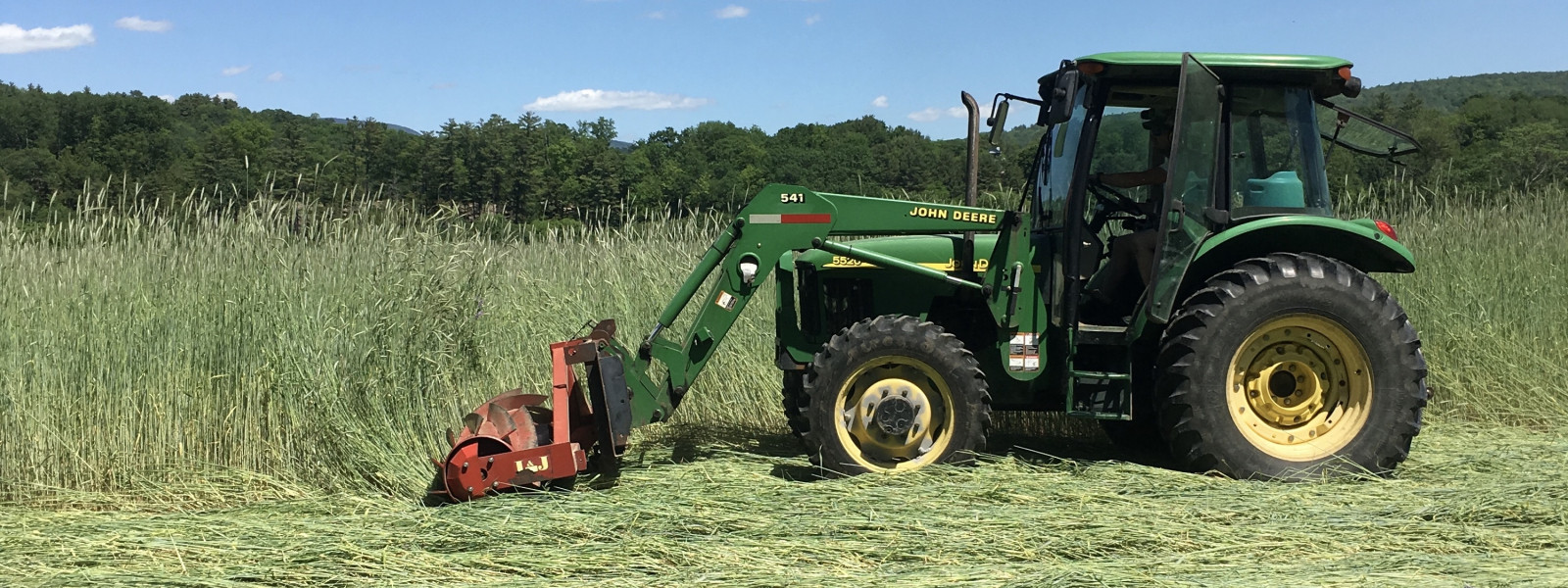Toxic Food
Many people are entirely unaware of the hazards of the so-called “conventional” agricultural system in the United States. They have no idea of the intensity of chemical use, or the level of toxicity of those chemicals. Almost daily, an article appears in the media about some sort of extensive contamination of food products, whether it’s a meat recall or contamination of spinach, scallions or cantaloupe. We firmly believe in the importance of raising consumer awareness, so that more informed food choices can be made.
The charts available below are based on California pesticide data from 2004 – the most recent data available. It is ironic that most states do not require farmers to report the chemicals used in growing our food. California, and more recently New York, are the only states that require such reporting. Therefore this data reflects only chemicals used in California, which handily happens to be the source of much of the food grown in this country.
It may surprise many of you to learn that commonly consumed, conventionally grown vegetables, fruits and berries such as strawberries, carrots, watermelon, spinach, and onions, were produced in California in 2004 using between 119 and 185 different chemicals on each crop, in the staggering amount of 13 (spinach) to 335 (strawberries) pounds per acre, per year!
Please keep in mind that there is a viable and healthy alternative to the type of food these charts represent – and that organically-grown food uses absolutely no toxic chemicals in its production cycle. In addition, optimum nutritional value and taste are directly related to freshness; therefore purchasing locally produced, organically grown food is always your best choice.
View charts from the Appendix: Analysis of Pesticide Use on Certain Popular Crops in California in Will Allen’s book,The War on Bugs, that detail the types and known hazards of the various chemicals used to grow the crops below, the total pounds of chemicals used in 2004, the harvested acreage, and the average pounds of pesticides applied per acre.

